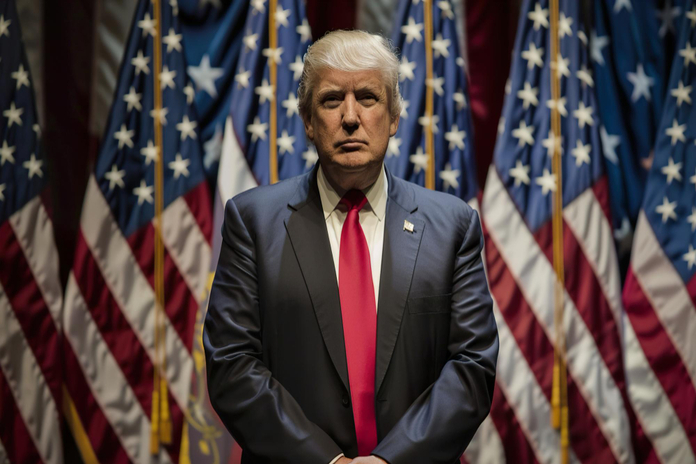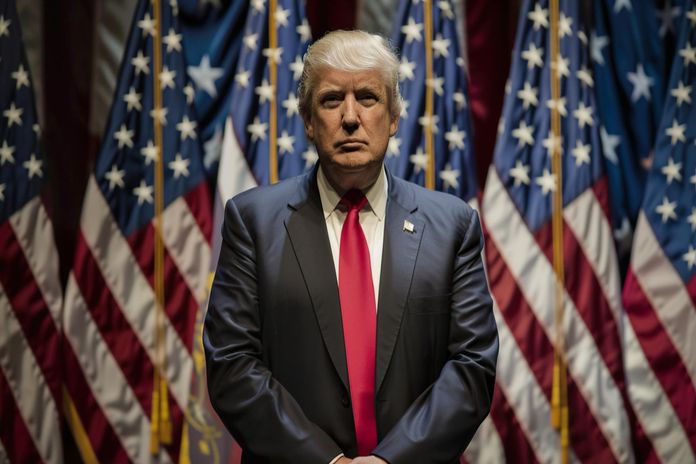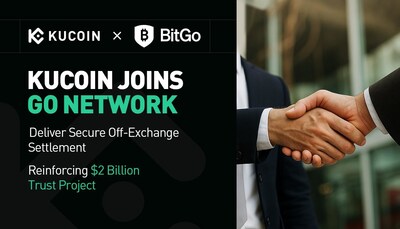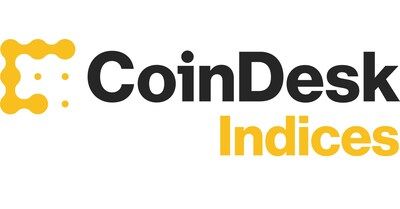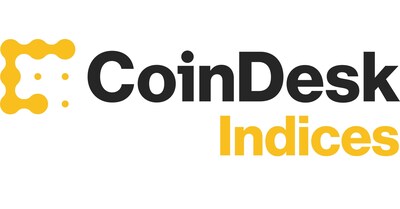These first-of-kind money market rates transform Aave pool activity into conventional overnight rates to support interest rate derivatives and floating rate loans.
NEW YORK, June 17, 2025 /CNW/ — CoinDesk Indices, a leading provider of digital-asset benchmarks, in collaboration with Sentora, a pioneer in institutional DeFi solutions, today announced the launch of CoinDesk Overnight Rates (CDOR), the first benchmark interest rates that draw upon Aave’s lending pools to provide standardized overnight rates for major stablecoins.
CDOR to Support Industry Growth
CDOR rates are designed to support markets for hedging funding costs, securing yields, and developing cross-currency rate strategies. Calculated and published daily, these rates are accessible to exchanges, market makers, protocol treasuries, and structured-product desks.
Stani Kulechov, Founder of Aave Labs says, “CDOR is a new benchmark interest rate built on Aave’s deep onchain liquidity. It provides a transparent, risk-free lending rate that unlocks new use cases for stablecoins, such as derivatives and fixed-income products, enabling more efficient, scalable, and automated financial markets.”
The first CDOR rates utilize activity on Aave v3’s Core variable borrow pools for USDC and USDT. CoinDesk Indices has released a methodology that converts this on-chain activity into a historical daily (or “overnight”) rate that can be aggregated over longer periods. These pools, whose rates react instantly to changes to supply and demand, are important facilities in decentralized finance that reflect activity of a large population of borrowers and lenders.
Andy Baehr, CFA, Head of Product and Research, CoinDesk Indices says “Stablecoins are expected to grow into the trillions, but there is no institutional-grade money market for trading and hedging term rates. CDOR rates provide a cornerstone element for the stablecoin rates markets, using the same conventions as TradFi benchmarks, which support the largest derivatives markets in the world.”
Anthony DeMartino, CEO, Sentora says, “Sentora’s mission is to make on-chain finance as efficient as traditional finance. With CDOR rates you can switch from floating to fixed funding, or speculate on the curve, in a single, capital-efficient trade; a crucial building block that’s been missing for years. These rates will enable new DeFi use cases and Sentora is happy to support the evolution of capital markets on-chain.”
Liquidity Providers Signal Support for CDOR
Exchange-traded futures contracts, currently under development, will settle against CDOR rates and will provide market participants with new and powerful tools for risk management and strategy implementation. Galaxy, FalconX, Flowdesk and Tyr Capital will act as founding market makers.
Ed Hindi, CIO, Tyr Capital says, “CDOR rates enable the creation of a broad range of financial derivatives that are currently missing in the crypto financial ecosystem. This addition alongside a clearer regulatory environment should exponentially increase the interaction of institutional players with DeFi. The ability to efficiently manage interest rate risk is a game changer for the CeDeFi markets. Tyr Capital is thrilled to be more widely involved in making the TradFi and crypto relationship more symbiotic.”
Jason Urban, Global Head of Trading at Galaxy says, “With CDOR rates, the market gains a powerful rate signal that reflects real-time borrower demand and enables smart, scalable trading strategies. It’s a meaningful step in bridging DeFi and traditional finance, making stablecoin markets more accessible and actionable for sophisticated investors.”
Joshua Lim, Global Co-Head of Markets, FalconX says, “We are pleased to partner with CoinDesk Indices and Sentora on their CDOR product suite. The next phase of growth in crypto will be driven by convergence of CeFi and DeFi capital markets.”
Reed Werbitt, US CEO, Flowdesk says, “The introduction of CDOR will enable broader institutional adoption and participation in crypto credit markets, enhancing capital efficiency and risk management across our trading strategies. The ability to mitigate interest rate risk is a critical foundation of a functioning capital market, and we’re excited to be working with Sentora to bring this product to fruition.”
By turning on-chain market activity into standardized interest rates, CDOR lays the groundwork for exchange-traded money-market futures and other rate-based derivatives.
For additional information on CDOR please visit https://sentora.com/cdor-stablecoin-rate.
View the CoinDesk Overnight Rates (CDOR) – Aave | USDC and Aave | USDT.
About CoinDesk Indices
Since 2014, CoinDesk Indices has been at the forefront of the digital asset revolution, empowering investors globally. A portfolio company of the Bullish Group, its indices form the foundation of the world’s largest digital asset products. CoinDesk Indices is regulated in the UK by the Financial Conduct Authority and offers products across multi-asset indices, reference rates, and strategies. Flagships such as the CoinDesk Bitcoin Price Index and the CoinDesk 20 Index set the industry standard for measuring, trading, and investing in digital assets. With tens of billions of dollars in benchmarked assets, CoinDesk Indices is a trusted partner.
About Sentora
Sentora, born from the recent merger between DeFi technology specialist IntoTheBlock and financial solutions provider Trident Digital, is a leader in developing institutional-grade DeFi solutions, yield strategies and risk-management infrastructure. Sentora’s solutions connect leading digital asset firms and large capital allocators to the advantages of decentralized finance.
About Aave Protocol
Aave is the leading decentralized, non-custodial liquidity protocol, with over $40 billion in total value locked (TVL). It allows users to earn yield on deposits and borrow a wide range of digital assets without intermediaries. Core features include risk management tools such as supply and borrow caps, flash loans, and GHO — a decentralized, overcollateralized stablecoin native to the protocol. Aave is fully governed by the Aave Decentralized Autonomous Organization (DAO). Learn more or participate in governance at https://governance.aave.com.
Disclaimer
CoinDesk is a portfolio company of the Bullish Group. CoinDesk Indices, Inc., including CC Data Limited, its affiliate which performs certain outsourced administration and calculation services on its behalf (collectively, “CoinDesk Indices”), does not sponsor, endorse, sell, promote, or manage any investment offered by any third party that seeks to provide an investment return based on the performance of any index. CoinDesk Indices is neither an investment adviser nor a commodity trading advisor and makes no representation regarding the advisability of making an investment linked to any CoinDesk Indices index. CoinDesk Indices does not act as a fiduciary. A decision to invest in any asset linked to a CoinDesk Indices index should not be made in reliance on any of the statements set forth in this document or elsewhere by CoinDesk Indices. All content displayed here or otherwise used in connection with any CoinDesk Indices index (the “Content”) is owned by CoinDesk Indices and/or its third-party data providers and licensors, unless stated otherwise by CoinDesk Indices. CoinDesk Indices does not guarantee the accuracy, completeness, timeliness, adequacy, validity, or availability of any of the Content. CoinDesk Indices is not responsible for any errors or omissions, regardless of the cause, in the results obtained from the use of any of the Content. CoinDesk Indices does not assume any obligation to update the Content following publication in any form or format. © 2025 CoinDesk Indices, Inc. All rights reserved.
Forward-Looking Statements: This press release may include “forward-looking statements” relating to future events or the Bullish Group’s future financial or operating performance, business strategy, and potential market opportunity. Such forward-looking statements are based upon estimates and assumptions that, while considered reasonable by the Bullish Group, are inherently uncertain and are subject to risks, uncertainties, and other factors which could cause actual results to differ materially from those expressed or implied by such forward-looking statements. You should not place undue reliance on any such forward-looking statements, which speak only as of the date they are made, and the Bullish Group undertakes no duty to update these forward-looking statements.
 View original content to download multimedia:https://www.prnewswire.com/news-releases/coindesk-overnight-rates-cdor-to-support-stablecoin-money-markets-based-on-aave-302483554.html
View original content to download multimedia:https://www.prnewswire.com/news-releases/coindesk-overnight-rates-cdor-to-support-stablecoin-money-markets-based-on-aave-302483554.html
SOURCE CoinDesk Indices

Featured Image: depositphotos @ Violka08
Disclaimer
